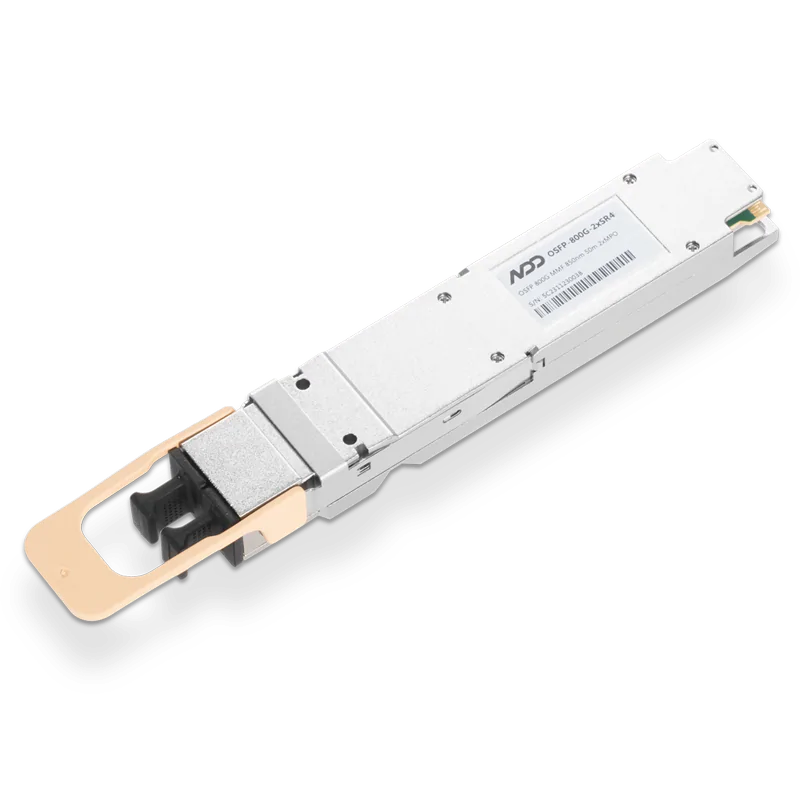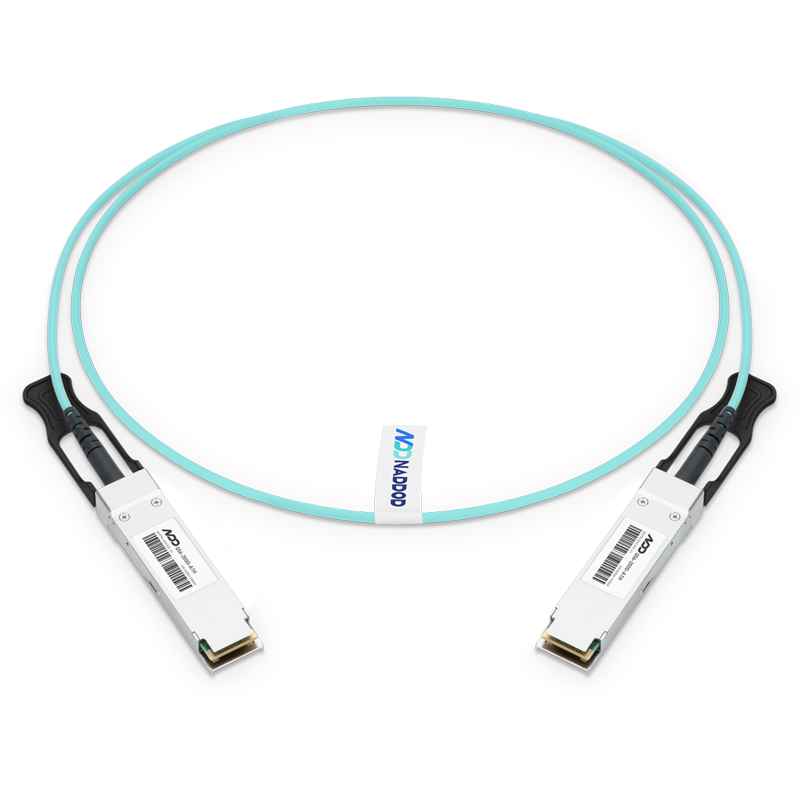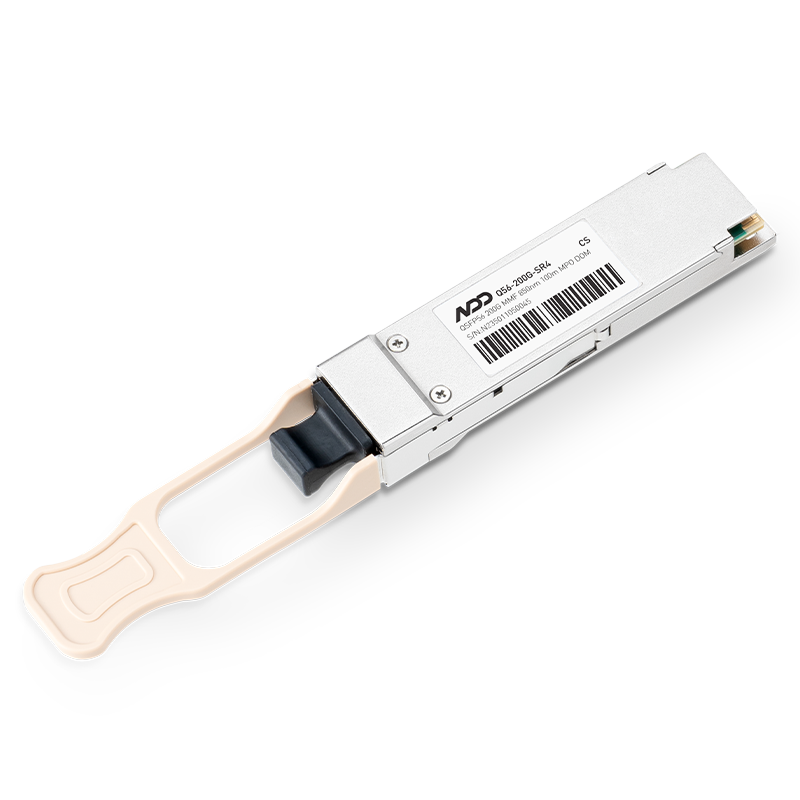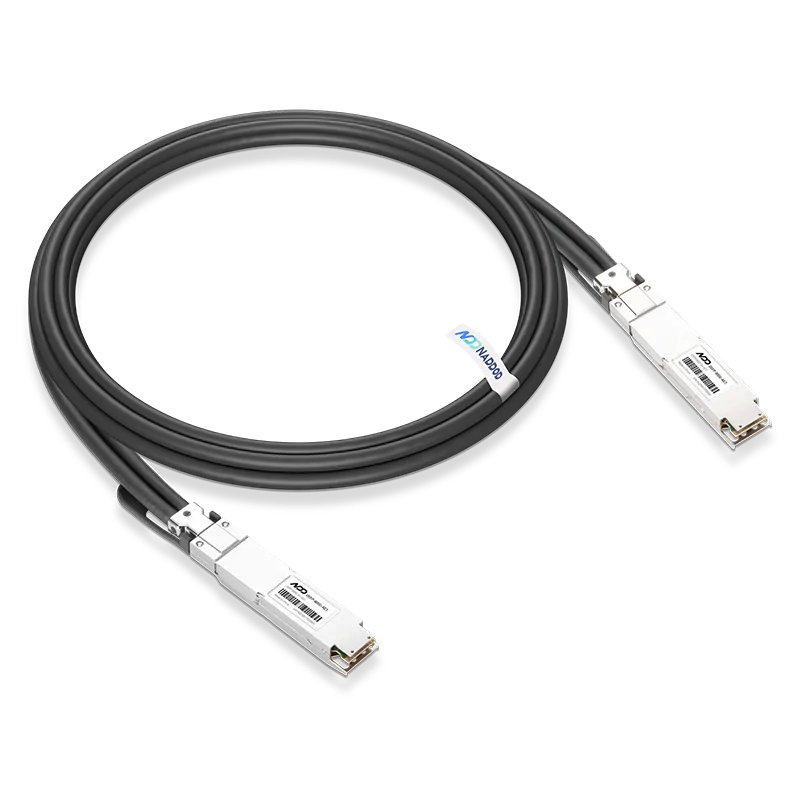The 100G QSFP28 PSM4 optical module, with a transmission distance of up to 10km, can be applied to diverse data center long-distance interconnection application scenarios under harsh conditions from -40 to 85°C. It can also be applied to other application scenarios such as the 5G forwarding market.
We know that traditional 100G QSFP28 PSM4 optical modules are mostly used in data centers with more comfortable environments, and only need to meet the commercial-grade operating temperature requirements of 0 to 70°C. However, in some ultra-large data centers with high-frequency transactions, the over-volume computing makes the temperature higher than ordinary data centers, and in these diverse data centers, optical modules are needed to meet industrial-grade application requirements. Moreover, with the large-scale deployment of 5G, the demand for using 100G optical modules will also develop, prompting the development of 100G optical modules toward industrial grade.
How the 100G QSFP28 PSM4 is able to meet the needs of industrial-grade applications is due to its optical engine COB innovative optical design.
Industrial Grade Materials
Among them, the selection of industrial-grade key materials is especially important. NADDOD preferably selects industrial-grade core materials, the key electric chips such as lasers, optical detectors and CDR electric chips are all industrial-grade, and the selection of key materials guarantees the normal operation of the products under industrial-grade temperature conditions.
Fiber Array Design
The TX transmitter side of the optical module uses an oblique 8° FA fiber array to couple the laser into the fiber, the oblique 8° FA and isolator both enhance the performance of the product. the RX side uses the traditional highly reliable 45° FA fiber array design to couple the received light into the PIN receiver side.
Heat Dissipation Design Optimization
Industrial grade COB adopts optimized heat dissipation design, LD laser using eutectic welding ALN aluminum nitride carrier through CUW large-area urethane directly to the optical module casing, internal use of high-quality large-area silica gel heat sink, efficient heat dissipation design to ensure that the module can work normally under 85 severe high temperature. And industrial grade QSFP28 optical module shell surface roughness requirements higher (smoother), and QSFP28 cage heat sink contact more comprehensive, strengthen the cage heat dissipation effect.

Simulated thermal design

Eutectic soldering of ALN aluminum nitride carriers with large-area ebonite through CUW to enhance heat dissipation
Temperature Compensation Program
Industrial grade temperature lasers are equipped with temperature compensation program, using excellent wide temperature compensation software control, the LD laser’s output power can change with the temperature change. The industrial grade 100G QSFP28 PSM4 uses MPD in the PCB to monitor the backlight of the laser LD as a way to monitor the change of TX emitted power. Since the laser LD in the absence of automatic temperature control TEC circuit, and therefore in the design of the module circuit, the temperature monitoring system must be used to monitor and compensate various parameters in real time to ensure the extinction ratio and luminous power stability of the optical module to ensure the normal operation of the optical communication system.
Semi-sealed Mount
100G QSFP28 PSM4 industrial grade products meet semi-sealed mount requirements to improve laser reliability.

Quasi hermetic package
The above optical engine COB innovative optical design, to achieve 100G QSFP28 PSM4 in industrial-grade applications in the environment of normal operation. And in -40~85℃ full temperature conditions, all performance is excellent, power consumption is less than 4W, at 100GE rate, can achieve up to 10km of fiber zero error transmission.

 800GBASE-2xSR4 OSFP PAM4 850nm 50m MMF Module
800GBASE-2xSR4 OSFP PAM4 850nm 50m MMF Module- 1Active Optical Cables for Data Center Cabling
- 2What is the Difference Between CWDM, DWDM and CCWDM?
- 3DSL vs Network Cable vs Fiber Optic: Which is Better for Network Connectivity?
- 4NVIDIA GB300 Deep Dive: Performance Breakthroughs vs GB200, Liquid Cooling Innovations, and Copper Interconnect Advancements.
- 5Blackwell Ultra - Powering the AI Reasoning Revolution
































